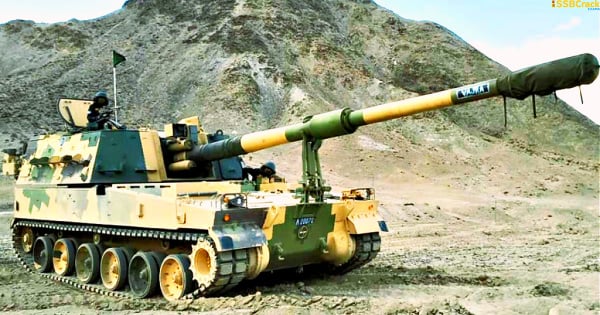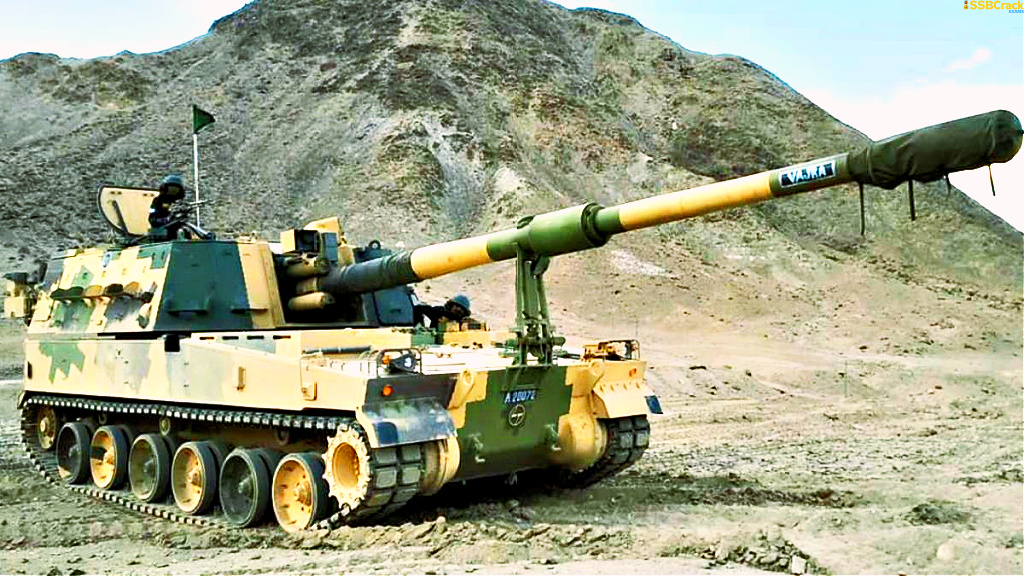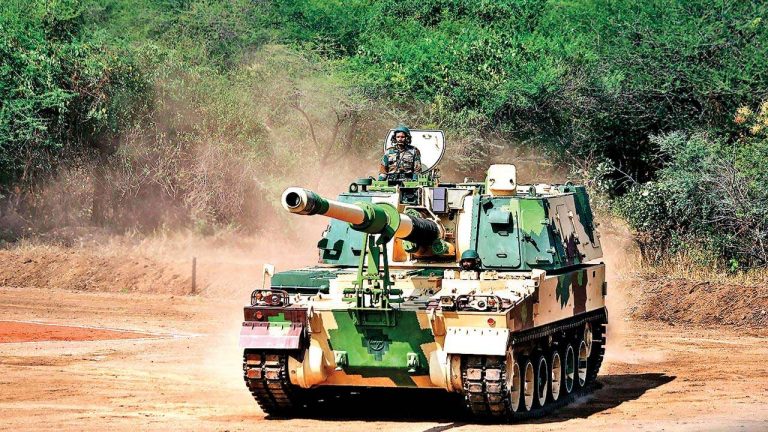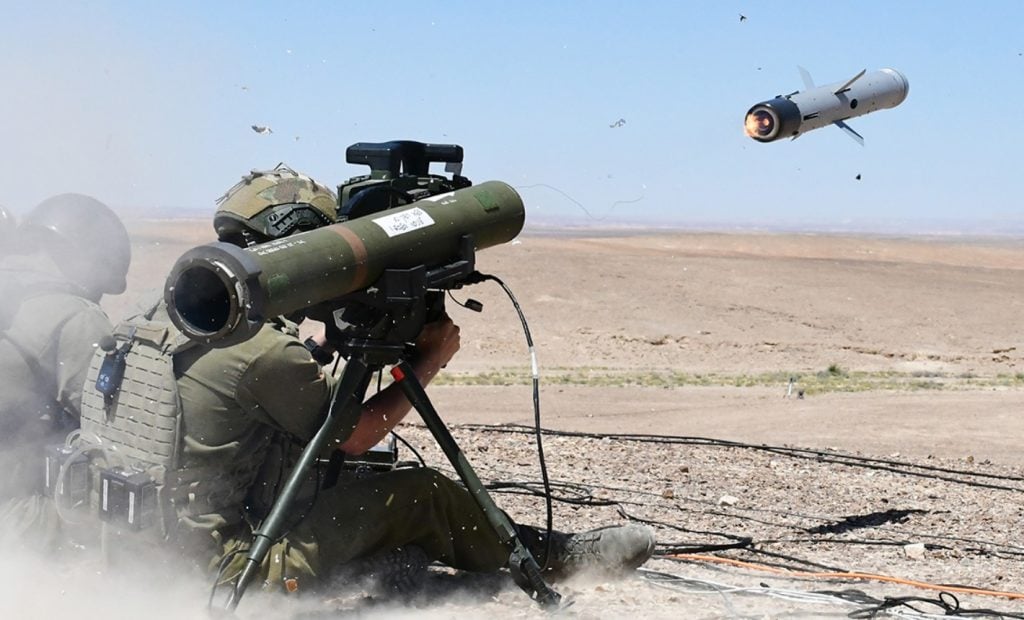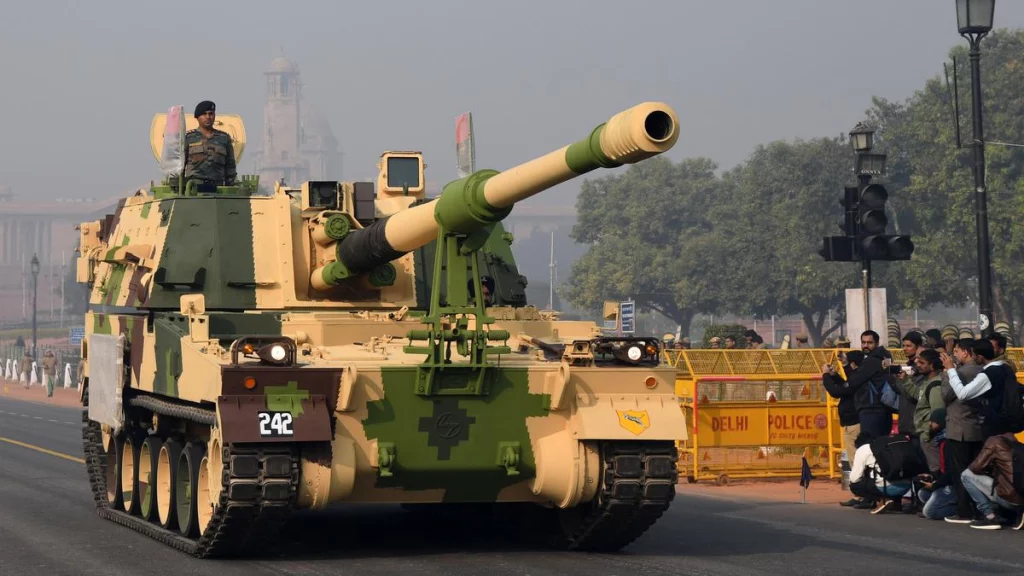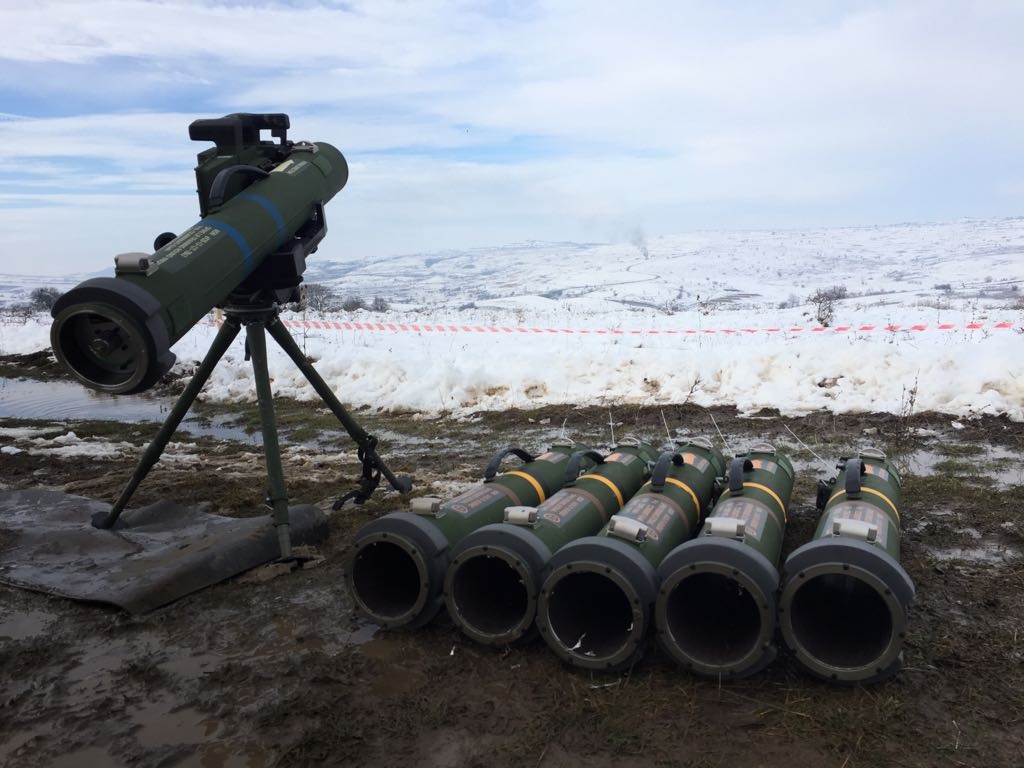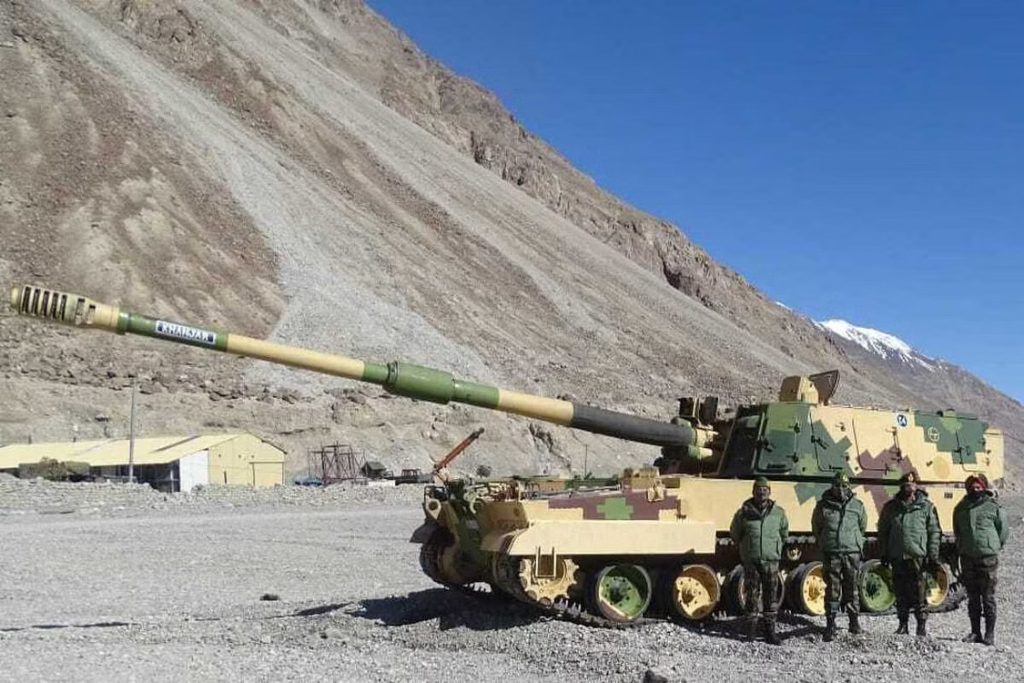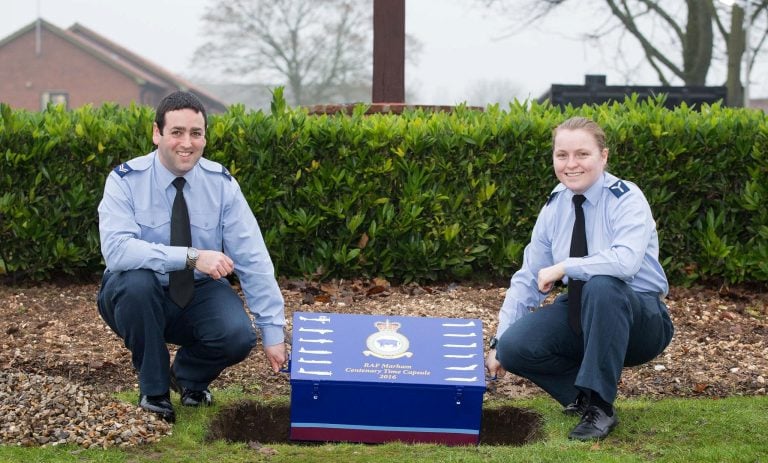The Indian Army intends to deploy the Made in India K-9 Vajra Self-Propelled Artillery Weapon and Spike Missiles in the Eastern Ladakh area, building on their recent success. More than 100 of these weapons, supplied by the L&T company from its Hazara plant, are anticipated to boost the Army’s firepower even further.
Furthermore, the Army has provided Spike Missiles to its troops in the region in order to effectively confront enemy tanks and armoured fighting vehicles. More third-generation missiles built under the ‘Make in India’ initiative are expected to be bought in the near future, bolstering the Army’s capabilities.
K-9 Vajra & Spike Missiles In Eastern Ladakh
As the military standoff between India and China in the Eastern Ladakh sector enters its fourth year, the Indian Army is actively strengthening its capabilities and deploying newer weapon systems to deal with emergency scenarios and conduct conventional operations.
The Indian Army has just successfully inducted the indigenous Dhanush howitzer, a technologically improved version produced based on the Bofors artillery Transfer of Technology. The Dhanush howitzer, capable of attacking targets up to 48 km range, has been deployed in the Eastern Ladakh sector since last year. In addition, 114 guns built and manufactured by the erstwhile Ordnance Factory Board are slated to join the Indian Army, strengthening its artillery capabilities even further.
K-9 Vajra & Spike Missiles: Focus On Enhanced Mobility
The Indian Army has introduced the M4 Quick Reaction Force Vehicle to fulfil the necessity for rapid mobility of troops in the rough terrain of Ladakh. This indigenous vehicle permits the fast deployment of 10 combat-ready armed troops to forward sites along the Line of Actual Control (LAC) at speeds of 60-80 km/h. The adversary’s employment of fast-moving vehicles during the earliest face-offs in the military standoff inspired the introduction of these vehicles.
Also read: Indian Army New Weapon Systems In Eastern Ladakh Against China
To improve mobility, the Army intends to expand the number of M4 vehicles in the Eastern Ladakh region. ATVs (All-Terrain Vehicles) have also been introduced in large numbers to facilitate operations in post-2020 standoff scenarios. These vehicles, which can carry four to six personnel, have proven to be effective in transporting goods and equipment to support troops at advanced posts. Furthermore, ATVs play an important role in rapidly deploying troops and their equipment to deal with emergency circumstances.
K-9 Vajra & Spike Missiles: Strengthened Surveillance
The Indian Army has incorporated the TATA Rajak system, which provides sophisticated observation and detection capabilities, to boost its surveillance capabilities. This technology can detect persons from more than 15 kilometres away and cars from more than 25 miles. The Army can efficiently monitor adversary movements along the LAC with the help of this new equipment. The Indian Army stays prepared to respond to any contingency and ensure the security and integrity of the region by continuously improving its armament, surveillance systems, and movement infrastructure in the Eastern Ladakh sector.
To crack the SSB Interview, You can join our SSB interview live classes batch and we recommend you to Enroll SSB INTERVIEW ONLINE COURSE. Trusted by thousands of defence aspirants.
Also read:
- All About Israel David’s Sling Air Missile Defence System
- Philippines To Buy Indo-Russia-Built BrahMos Supersonic Missile For The Second Time
- Indian Navy To Acquire US Harpoon And Russian Kalibr Missiles
- Why India Needs More Subsonic Cruise Missiles?
- Top 10 Anti-Aircraft Missile Systems In The World
- All About Israel IRON DOME Air Defence Missile System
- All About S-400 Missile System [Fully Explained]
- Why S-400 Missiles Systems Is A Game Changer For Indian Armed Forces?
- About Agni Prime- Nuclear-Capable Missile
- What Is A Missile Propulsion System And How Does It Work?
- Why Is The IAF’s Pechora Missile Called A “Stealth Killer”?

